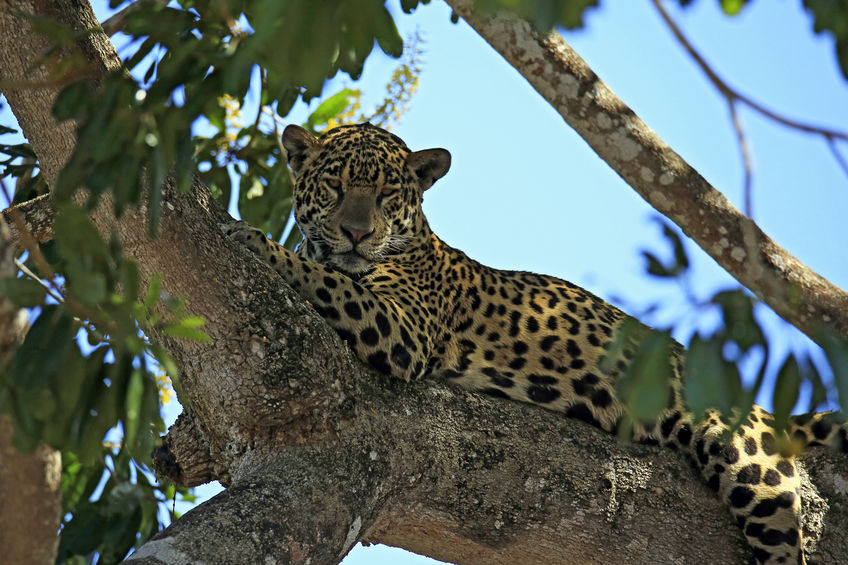UAs the world reels from virus shutdowns, economic uncertainty, and now protests and riots, China is working hard to secure the interests of the ruling Communist Party.
One major component of China’s foreign policy is to provide loans and workers to help nations in Africa and Central and South America develop. In return, China receives unfettered access to natural resources from around the world and vast political leverage over many nations.
But what is also of concern is the demand for illicit jaguar products from Chinese workers abroad in South America.
According to National Geographic, the situation facing jaguars is becoming dire.
“These countries that have stronger ties with China, combined with weak governance, combined with high levels of corruption—it’s almost like a recipe for an increase in illegal wildlife trade,” says Vincent Njiman, a co-author and anthropologist who studies wildlife trade. Their research found that Brazil, Bolivia, and Peru were among the countries that fit that description.
In China, tiger products are very popular, and it is a status symbol to be able to display jewelry, fabrics, and furniture made from tiger teeth, bone, or fur. There is also a widespread belief in China that tiger bone has great medicinal and vitality properties.
There’s no “wasting away again in Margaritaville” here. On the contrary, tiger bone wine is believed to give the drinker the power of a tiger.
While markets have been set up that allow for the legal trade of tigers, the problem is that wild tigers are still held in high demand as they are deemed to be more rare and powerful.
Yet studies seem to show that jaguar products are now replacing tiger products. More concerningly, it seems a new and independent trade has sprung up surrounding jaguars.
The new study finds that jaguar teeth are the most commonly seized parts going to China, with records showing nearly 2,000 intercepted by law enforcement between 2012 and early 2018. The paper concludes that jaguars, therefore, aren’t necessarily a substitute for tigers, otherwise there would be a lot more jaguar bones in the trade—a pattern seen with lion skeletons coming out of South Africa, for example.
Scientists and researchers are still trying to catch up with the new findings. Right now, there simply isn’t enough infrastructure or research teams in place to know exactly how or to what extent jaguar products are being smuggled out of South and Central America. Yet, researchers know it is happening, and as Chinese investment in the region is certain to grow, so will the illegal jaguar trade, it is reasoned.
You can read more about this story in National Geographic.
